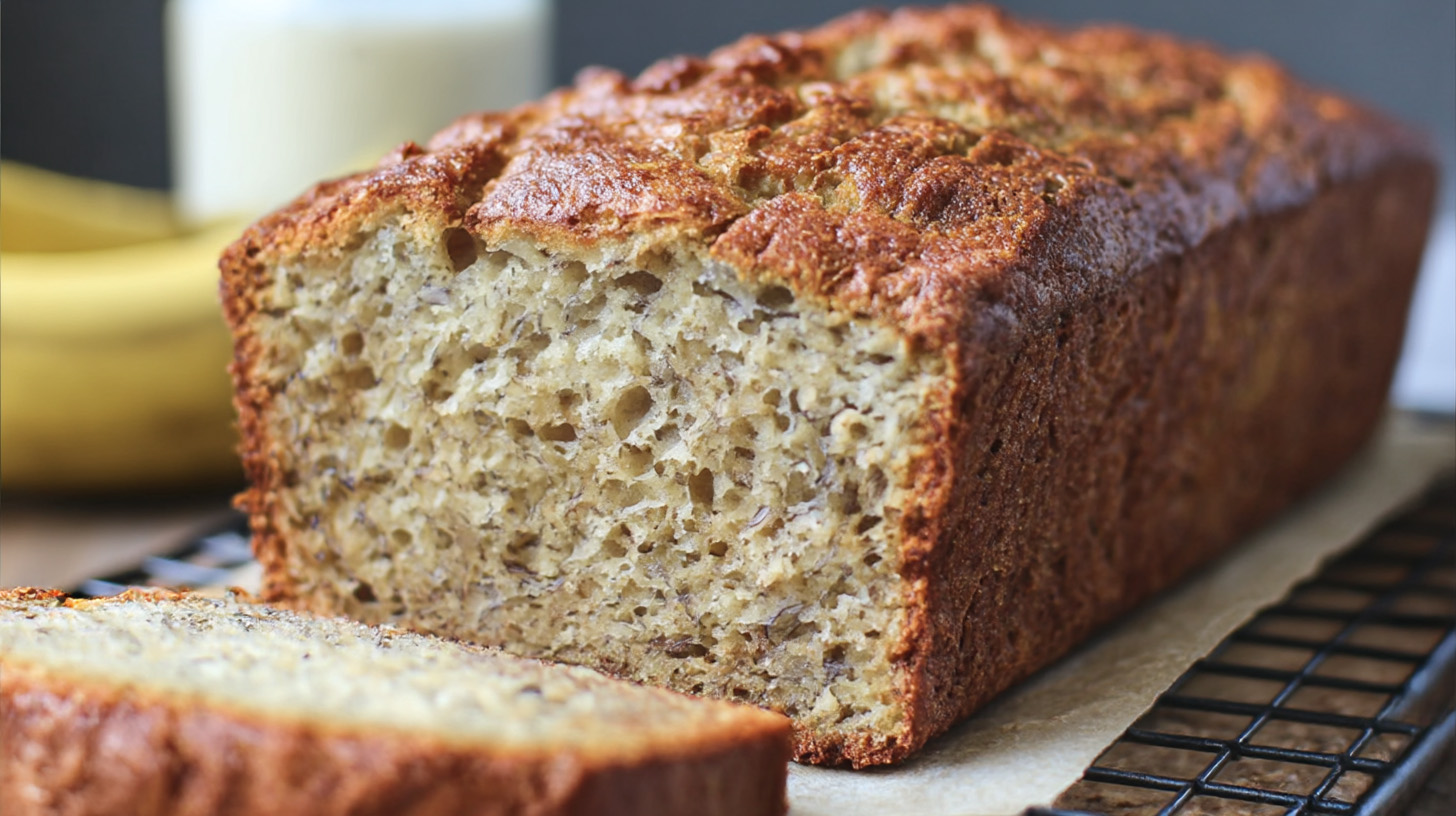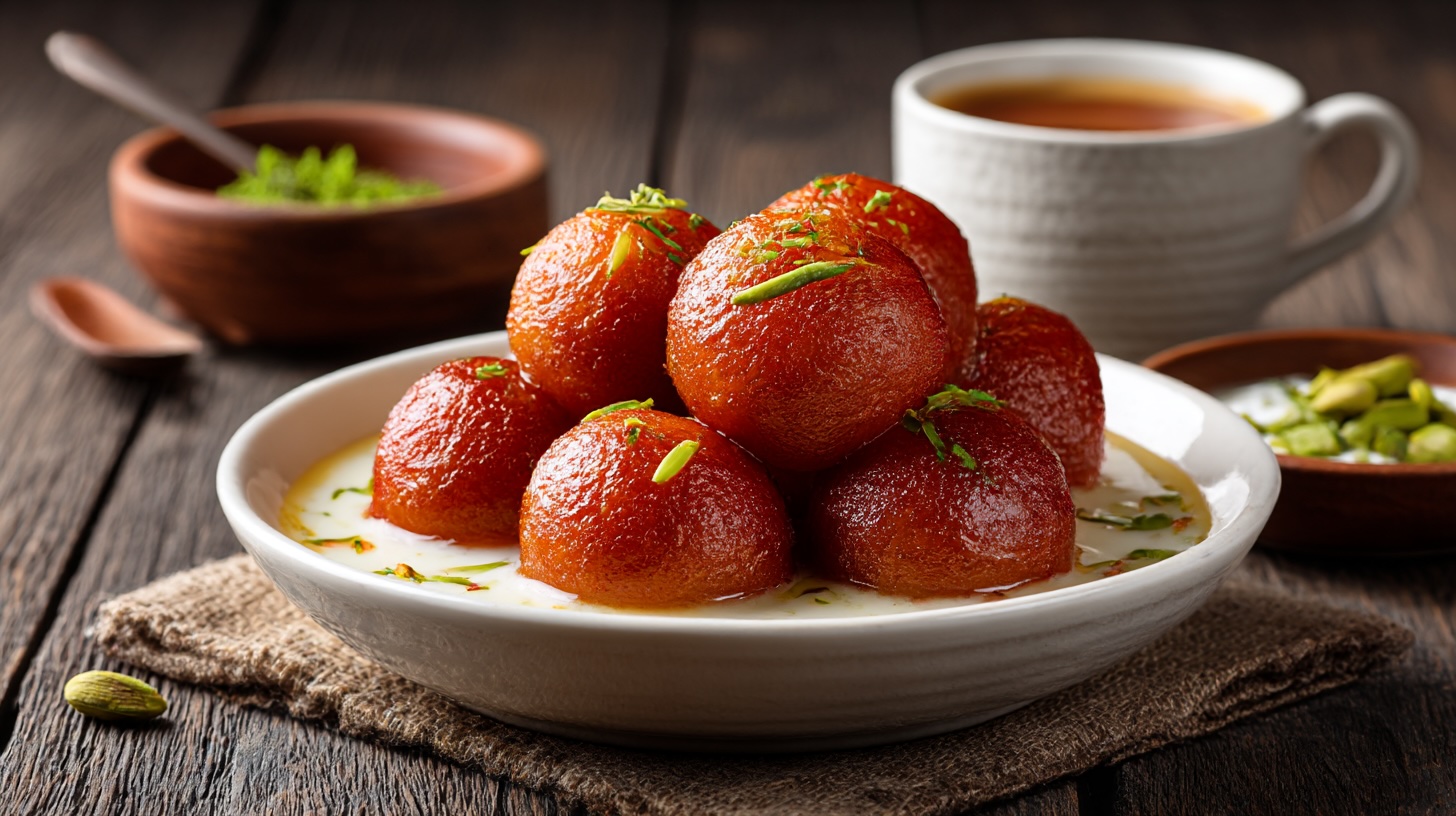Papanași: Romania’s Most Decadent Dessert Disguised as Doughnuts
If you ever find yourself in Romania and someone offers you “cheese doughnuts,” don’t run. Don’t panic. Don’t make awkward excuses about lactose intolerance. Because they’re not what you think. They’re much, much better. We’re talking about papanași (pronounced “pah-pah-nash”), the fried or boiled sweet dumplings that have been charming the Romanian sweet tooth for longer than anyone’s grandmother can remember.
This dessert is the culinary equivalent of a warm hug followed by a flirtatious wink. Sweet but sharp, soft but crisp, nostalgic but utterly Instagrammable. It’s a proud member of that elite dessert club where cheese is not only welcome but celebrated—alongside cheesecake, ricotta-filled cannoli, and blintzes.
So where did this glorious mess of fried dough, soft cheese, sour cream, and fruit preserve come from? Like most good things, its exact origin is a bit of a mystery. Some trace it to the peasant kitchens of Moldavia or Bucovina, where farmers had an excess of cottage cheese and a cultural unwillingness to waste anything remotely edible. Others suggest a link to Austro-Hungarian or Slavic culinary traditions—not surprising, given Romania’s spot on the European crossroads buffet.
But the name? That’s the real plot twist. “Papanași” comes from the Latin “papa,” meaning to eat or gobble, a root word that also gave the French their “papin” (porridge) and the Italian “pappa.” It’s basically an ancient linguistic way of saying “yummy stuff you should eat now.”
As with all great dishes, there are regional rivalries. In Moldova and northern Romania, you’ll find papanași fierti, boiled dumplings that are softer, denser, and often drowned in sweetened sour cream. They are the comforting, cardigan-wearing cousin. Meanwhile, the southern and Transylvanian versions go full-on crispy with papanași prăjiți, deep-fried until golden and airy, with that essential doughnut-style puff and a perfectly browned bottom. A small dough ball gets perched on top like a pastry fez, and the whole thing is slathered in sour cream and blueberry or sour cherry jam until it borders on structurally unsound.
What makes papanași special? It’s the kind of dessert that dares to blur lines. It has the tang of cheese, the richness of cream, the sweetness of jam, and the carby bliss of doughnuts. And unlike many confections that come with a 17-step preparation involving sugar thermometers and prayer, papanași is delightfully rustic. Its ingredients are humble: cottage cheese (or brânză de vaci, the local curd cheese), eggs, semolina or flour, a bit of sugar, and a splash of vanilla. It’s traditionally made without yeast, which gives it a tender, cake-like crumb rather than a chewy doughnut bite.
Then there’s the theatre of eating one. You sit down, and it arrives looking like a decadent volcano. The top is dribbling with sour cream like freshly fallen snow, the jam gleaming darkly like forbidden treasure. You take a forkful, and it’s warm, cool, soft, sweet, sour, and just a little bit salty. Your diet, like your willpower, quietly expires on the spot.
Pair it with drinks? Of course. A strong Romanian tuică (plum brandy) before or after adds a rustic punch that matches the peasant roots of the dish. A late harvest wine like Grasa de Cotnari would play nicely with the sweetness. Or go rogue and pair it with a dense espresso if you’re having it for breakfast (no judgement—Romanians sometimes do).
Food to match? Well, don’t follow it with anything heavy unless you’re training for an eating competition. But as a showstopper at the end of a light meal of ciorbă (sour soup) and grilled meats, it holds its own. Or skip the meal and have two portions of papanași instead. Again, no judgement.
Now, about the health benefits. Look, let’s not lie to ourselves. This isn’t a chia pudding. But you can take comfort in knowing that the cheese provides protein and calcium. And it’s homemade, which is already leagues better than anything involving preservatives and E-numbers. Some die-hards even argue that the fermented nature of the sour cream makes it probiotic. If you close one eye and squint, it’s practically health food.
You can find papanași all over Romania. Every traditional restaurant has it on the menu, often with a touch of chefly creativity. Some go wild with raspberry jam, others swap the sour cream for whipped cream (heretics). You’ll find it in Bucharest bistros, Sibiu guesthouses, and roadside taverns in Maramureș. Tourists discover it by accident and then spend the rest of the trip pretending they need to “re-check the menu” just for another round.
But if you’re not in Romania? Time to roll up your sleeves. Because it’s surprisingly doable at home.
Here’s how to make the fried version that makes hearts flutter and dentists frown:
Papanași Recipe (Fried Romanian Cheese Doughnuts)
Ingredients:
- 400g fresh cottage cheese (well-drained)
- 2 eggs
- 1 tsp vanilla extract
- 1 tbsp sugar
- Zest of 1 lemon
- Pinch of salt
- 100g flour (plus extra for shaping)
- 1 tbsp semolina (optional, for structure)
- 1 tsp baking powder
- Oil for deep frying
For topping:
- Sour cream (full-fat, thick, and slightly tangy)
- Blueberry or sour cherry jam
Instructions:
In a large bowl, mash the cottage cheese until fairly smooth. Add eggs, vanilla, sugar, lemon zest, and salt. Stir well until combined.
Sift in flour, semolina, and baking powder. Mix just until it holds together—you want a soft, slightly sticky dough.
Flour your hands and shape the dough into golf-ball-sized pieces. Take each one and flatten it slightly, then poke a hole in the centre (yes, like a doughnut). Keep a few smaller balls aside to perch on top after frying.
Heat oil in a deep pan (180°C if you want to be precise, or until a bit of dough sizzles on contact). Fry the doughnuts a few at a time until golden brown on both sides. Don’t crowd the pan—they need room to puff and float.
Drain on paper towels.
To serve, stack one ring with a small ball on top, crown it with a generous scoop of sour cream, then let the jam cascade down like a sugary landslide. Serve warm. Eat with a fork. Or your hands. Who cares?
So there you go. Whether you’re in a Transylvanian village or your own kitchen, papanași delivers comfort, drama, and joy in every bite. And just like any great love affair, it might get a little messy. But it’s always worth it.



